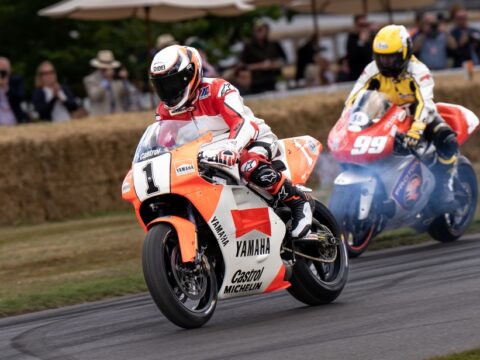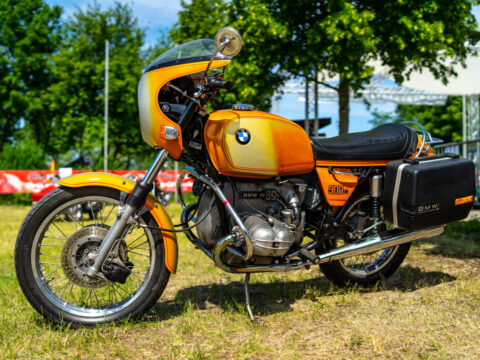When it comes to classic cars, not every model becomes a beloved icon. Chevrolet, a powerhouse in the automotive industry, has had its fair share of hits and misses over the decades. While many Chevys have won the hearts of car enthusiasts worldwide, some models missed the mark by a wide margin. In this article, we explore some of the worst vintage Chevrolet cars ever made, focusing on those models that were plagued by issues ranging from reliability snafus to design flaws, all of which contributed to their infamous reputations.
Contents
Chevrolet Vega (1971-1977)
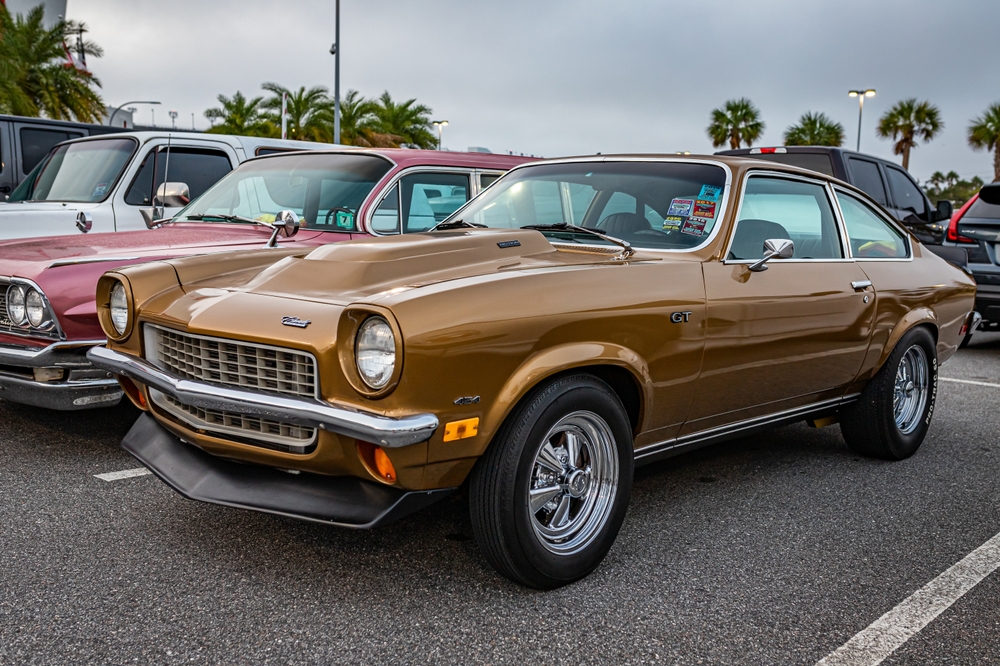
Introduced with the promise of innovation, the Vega quickly faced serious issues. Its engine, prone to excessive oil consumption and rapid deterioration, was a major letdown. The aluminum engine block, though advanced for its time, failed to maintain integrity under high temperatures, leading to warping and other damage. Coupled with severe rusting problems and a general lack of durability, the Vega’s reputation plummeted, making it a symbol of poor American automotive engineering during the 1970s.
Chevrolet Corvair (1960-1969)
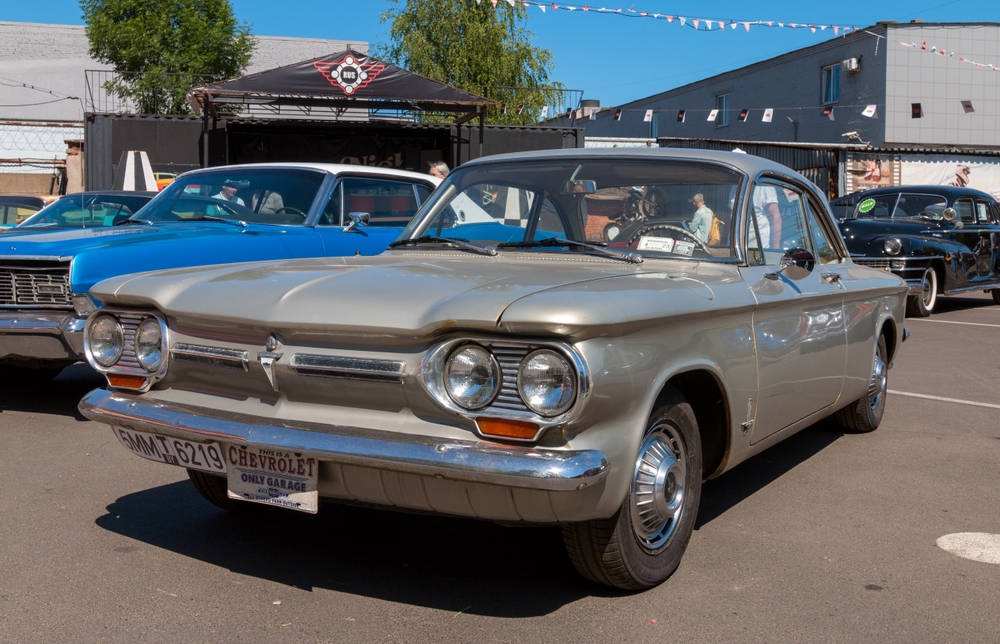
The Corvair’s rear-engine layout was innovative but flawed, leading to unstable handling and notable safety concerns highlighted by Ralph Nader. Despite its early popularity and unique design, the suspension issues led to a series of lawsuits and public scrutiny that ultimately tarnished its image. The controversy significantly affected Chevrolet’s reputation and ushered in greater government regulation of auto safety standards.
Chevrolet Spectrum (1985-1988)
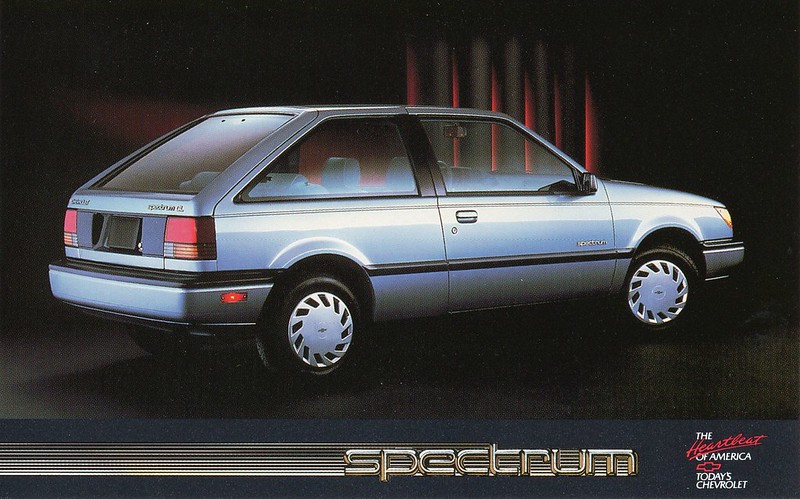
As a rebadged Isuzu, the Spectrum failed to offer anything notable beyond its initial affordability. It suffered from a bland design, uninspiring performance, and a lack of the durability expected from Chevrolet. Consumer reports of frequent breakdowns and subpar materials diminished its appeal quickly in a market that was turning towards more reliable and exciting compact cars.
Chevrolet Beretta (1987-1996)
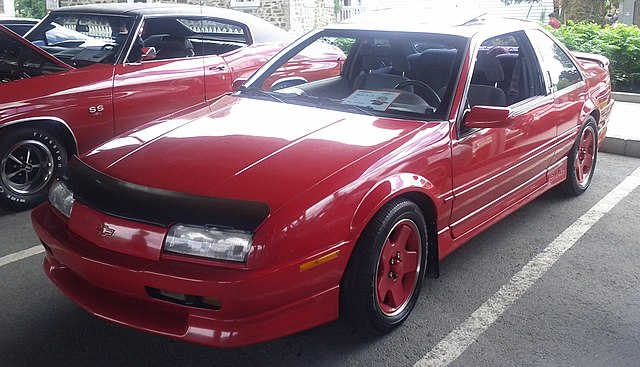
Marketed as a sporty coupe, the Beretta looked the part but couldn’t deliver the reliability or performance to back it up. Issues with its build quality, including peeling paint and failing electronics, plagued the model. Mechanical failures, particularly in the automatic transmission and engine cooling systems, made the Beretta a frequent visitor to repair shops, much to the dismay of its owners.
Chevrolet Aveo (2004-2011)
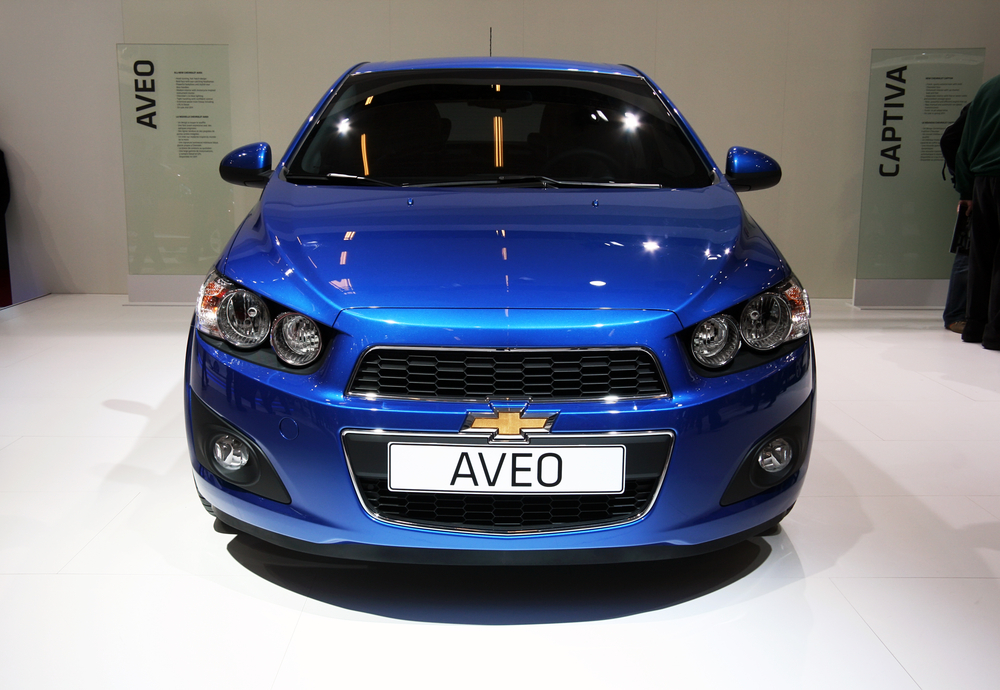
Designed as an economy car, the Aveo was critiqued for its exceedingly cheap feel and minimalistic features. Its performance was underwhelming, characterized by a sluggish engine and poor handling. Safety ratings were below par, which when combined with its dreary interior and lack of comfort, made the Aveo one of Chevrolet’s least competitive offerings in the small car segment.
Chevrolet Metro (1998-2001)
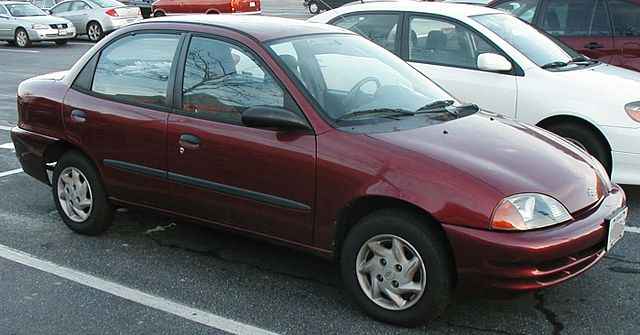
A rebranded Suzuki Swift, the Metro was an attempt to offer an ultra-economical vehicle. However, it was severely underpowered and featured a bare-bones approach to equipment and comfort, making it unappealing to anyone but the most budget-conscious buyers. Its lack of safety features and poor driving dynamics made it one of Chevrolet’s least desirable models.
Chevrolet Chevette (late 1970s-early 1980s)
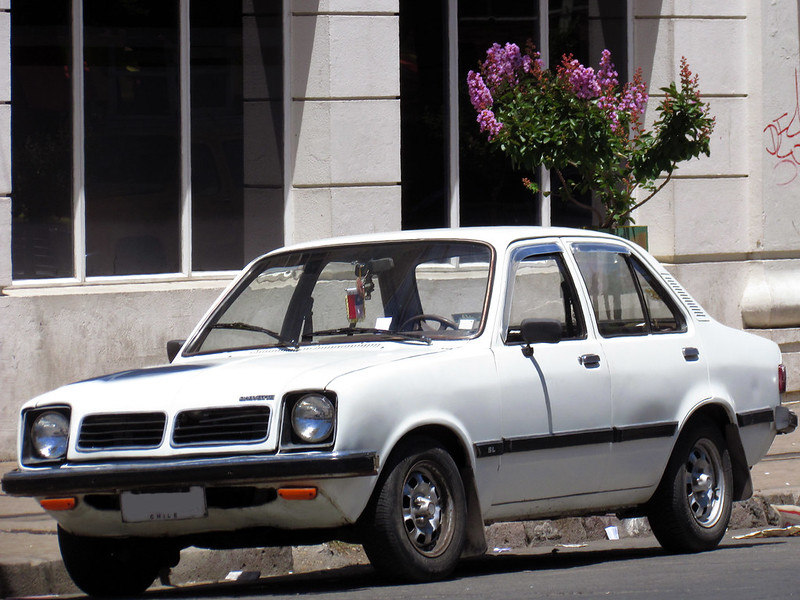
This subcompact was initially popular due to its low cost and fuel efficiency, but it quickly became synonymous with the term “econobox,” offering minimal comfort and amenities. Its sluggish performance and spartan interior were not well-received as consumer expectations evolved, and reliability issues like rust and engine failure compounded its problems.
Chevrolet Cavalier (1982-2005)
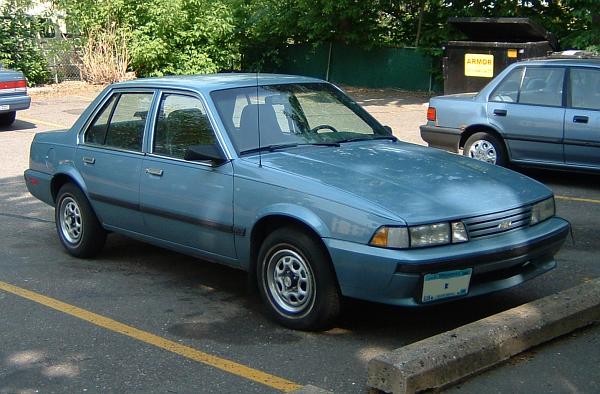
While the Cavalier sold well due to its affordability, it was frequently criticized for a lack of refinement and innovation. Its longevity in the market was marred by a reputation for reliability issues, including frequent engine and transmission failures. The car’s design and features lagged behind competitors, contributing to a cheap overall feel that undercut its initial cost advantages.
Chevrolet Lumina (1990-2001)
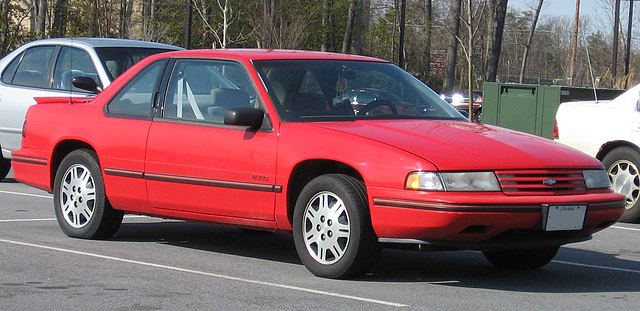
The Lumina was intended to compete in the midsize sedan market but fell short due to its nondescript styling and mediocre performance. It faced significant reliability issues, particularly with its automatic transmission and electronics. The Lumina failed to stand out in a crowded market segment, and its reputation for being a forgettable and unreliable family car solidified over time.
Chevrolet Citation (1980-1985)
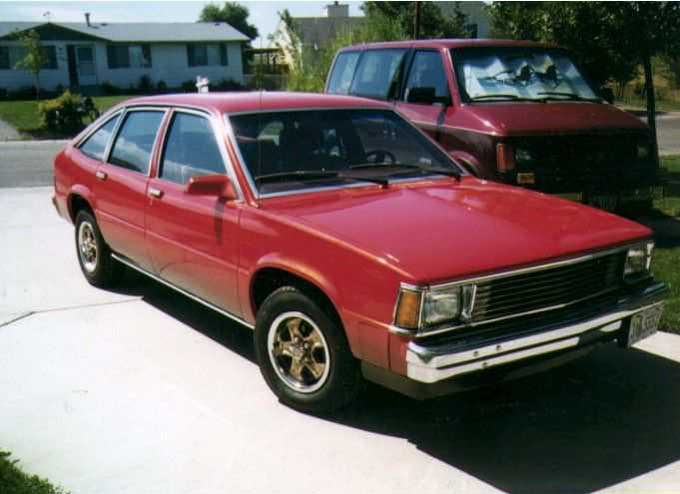
Despite being named Motor Trend’s Car of the Year in 1980, the Citation quickly became infamous for its quality issues. Numerous recalls for problems ranging from brake failures to issues with the rear suspension painted a picture of a car rushed to market without sufficient testing. Its legacy is marred by these defects, which overshadowed its initial success.
Chevrolet Malibu (early 1980s)
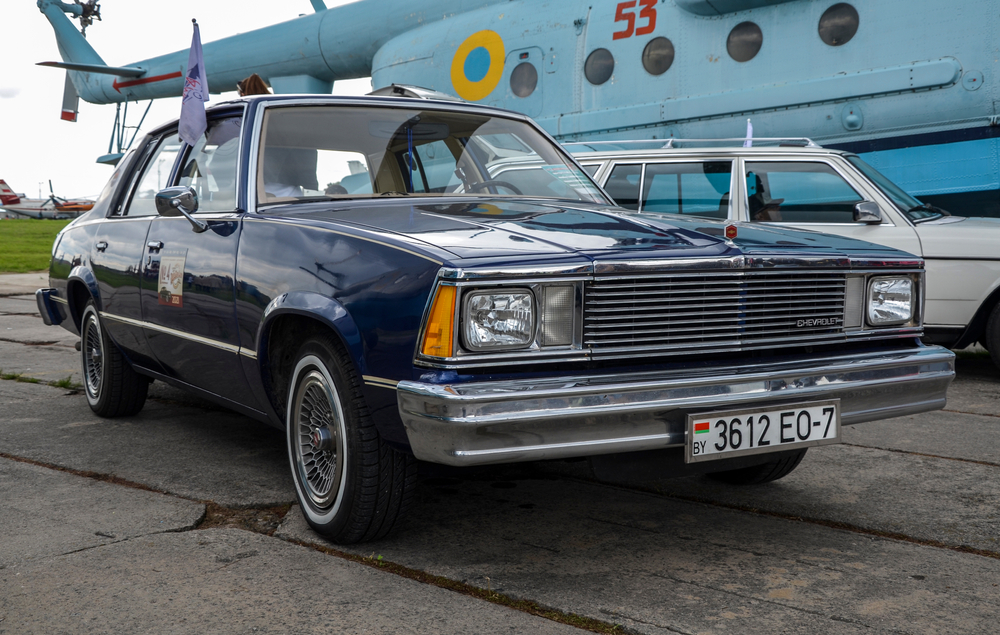
The Malibu of the early 80s faced criticism for its downsized model, which offered reduced space and power compared to its predecessors. It struggled with quality issues, including poor body integrity and unreliable mechanical components. These factors led to a decline in its reputation during a period when competition in the sedan market was increasingly fierce.
Chevrolet Monza (1975-1980)
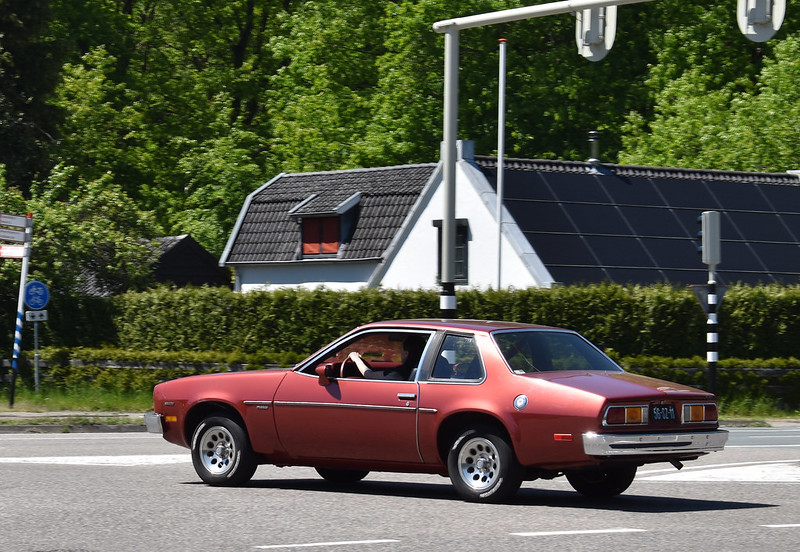
Based on the Vega and equipped with the same problematic engine, the Monza inherited many of the Vega’s flaws. Its attempt to offer a sporty experience was undermined by mechanical unreliability and poor fuel economy. The Monza’s cramped interior and lackluster performance rendered it a disappointing choice for those attracted to its stylish exterior.
Chevrolet SSR (2003-2006)
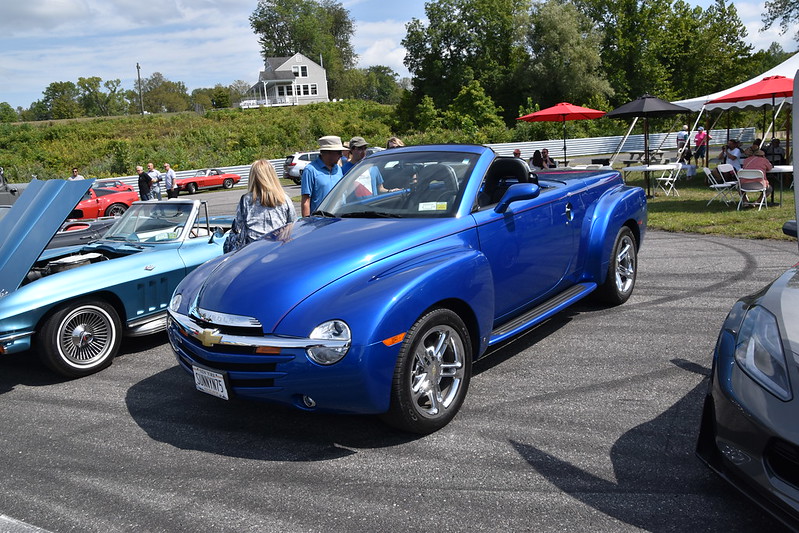
This retro-styled roadster-pickup hybrid intrigued me with its unique design but disappointed with its utility and performance. The SSR’s heavyweight and underpowered engine contradicted the sporty image it aimed to project. High production costs and low practicality made it a niche vehicle with limited appeal.
This article originally appeared on MyCarMakesNoise.
More from MyCarMakesNoise
10 Gasoline Brands That Are Disappointing

When it comes to filling up your car, the choice of gasoline can do more than just get you from point A to point B. Not all gas stations offer the same quality fuel, and choosing poorly could lead to problems under the hood. Read More.
21 Cars You Can Afford Even When You`re Broke

In today’s economy, finding a car that fits your budget without sacrificing reliability can be a challenge. Whether you’re navigating tight finances or just prefer to keep your expenses low, there are still plenty of cars that won’t break the bank. Read More.
13 Fascinating Corvette Facts You Didn`t Know

The Chevrolet Corvette, an emblem of American automotive prowess, is rich with history and innovation that often escapes even the most ardent enthusiasts. While its speed and sleek design capture headlines, many of its groundbreaking features and fascinating stories remain lesser-known. Read More.

